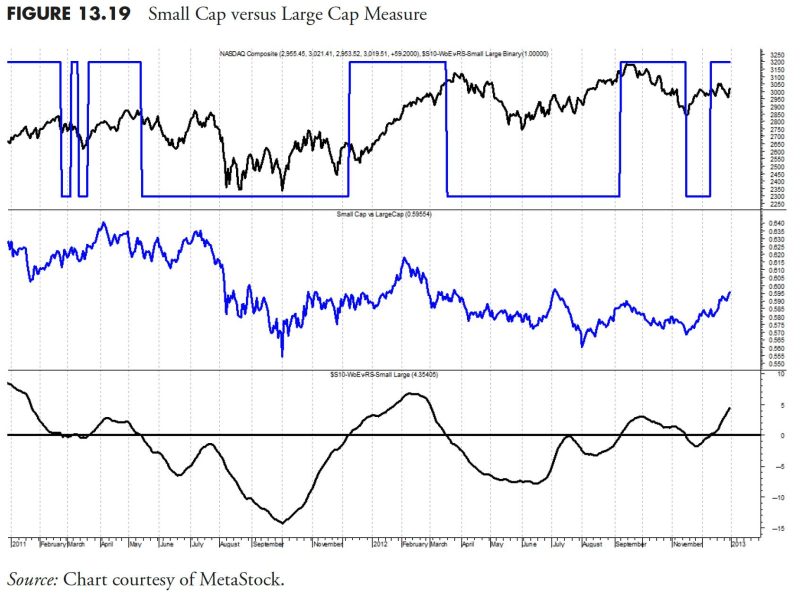In the world of finance and investment, staying ahead of the curve requires a deep understanding of rules-based money management strategies. Part 3 of the series on this topic delves into the concept of relative strength and other key measures that play a crucial role in successful portfolio management.
Relative strength, as highlighted in the article, serves as a powerful tool for investors seeking to outperform the market. By comparing the performance of various assets against a benchmark or index, investors can identify opportunities that offer the potential for superior returns. This approach allows investors to focus on assets that have demonstrated strong performance relative to their peers, indicating possible momentum that could continue in the future.
One important aspect of implementing relative strength in a money management strategy is the ability to adapt to changing market conditions. Markets are constantly evolving, and what works well in one environment may not be effective in another. By regularly monitoring and adjusting the relative strength analysis, investors can ensure that their portfolios are positioned to capitalize on emerging trends and opportunities.
Aside from relative strength, the article also discusses other crucial measures that can enhance money management strategies. Risk management, for instance, is emphasized as a fundamental aspect of successful investing. By carefully managing risk exposure and implementing appropriate stop-loss mechanisms, investors can protect their capital and limit potential losses in turbulent market conditions.
Furthermore, the article highlights the importance of diversification in building a resilient investment portfolio. Spread across different asset classes, sectors, and geographic regions, diversification helps mitigate risk and reduce the impact of market volatility on overall portfolio performance.
Finally, the article underscores the significance of disciplined decision-making and sticking to a well-defined investment strategy. Emotions can often cloud judgment in times of market uncertainty, leading investors to make impulsive decisions that deviate from their initial plan. By maintaining discipline and following a rules-based approach, investors can stay focused on their long-term objectives and navigate market fluctuations with confidence.
In conclusion, adopting a rules-based money management strategy that incorporates relative strength and other essential measures can significantly improve investment outcomes and enhance long-term wealth accumulation. By carefully evaluating market trends, managing risk effectively, diversifying across assets, and maintaining discipline in decision-making, investors can build robust portfolios that stand the test of time.

